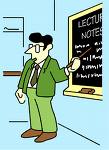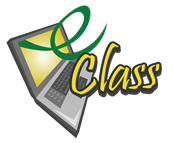
Lectures

MasteringPhysics
Class Code: MPPOGOSIAN78425

eClass login

Syllabus in PDF

Announcements
 Lectures |
 MasteringPhysics Class Code: MPPOGOSIAN78425 |
 eClass login |
 Syllabus in PDF |
 Announcements |
| Component |
Weight |
Comment |
| Online Assignments |
10% |
11 Assignments* |
| Laboratory |
20% |
Minimum 50% required to pass
course |
| Mid-term exam |
20% |
Friday, October 22, In class,
self-made formula sheet. |
| Final Exam |
50% |
9:00am, Saturday, December 18,
Location TBA, CONSOLIDATED, self-made formula sheet. |
| Total |
100% |